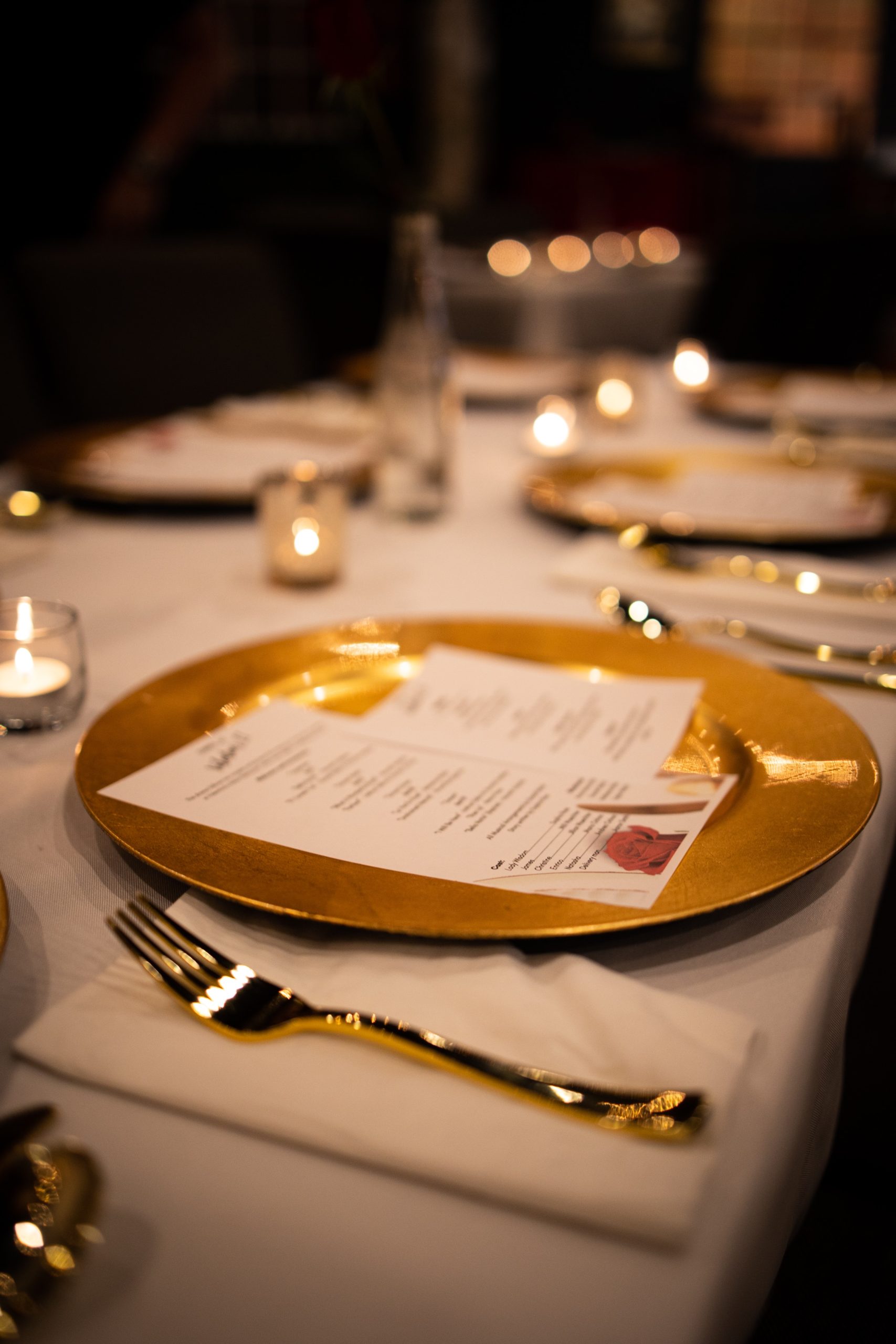- 8 May 2023
- 73
Unlocking the Mystery of Texture Preferences: A Look into the American Diner’s Palate

Texture is an important aspect of our food preferences, yet it is often overlooked. From the creamy smoothness of ice cream to the satisfying crunch of a potato chip, texture plays a significant role in the way we experience food. In the American diner, certain textures have become the norm, while others are less common. In this article, we will explore the mystery of texture preferences and take a closer look at the American diner’s palate.
Texture is a complex sensory experience that is influenced by factors such as mouthfeel, viscosity, and temperature. It can be described as the physical and tactile sensation we experience when we eat or drink. Texture preferences are unique to each individual and are influenced by a variety of factors, including genetics, culture, and past experiences.
In the American diner, certain textures have become a staple. For example, crispy bacon, fluffy pancakes, and creamy mashed potatoes are all common menu items. These textures are often associated with comfort and familiarity, and they have become ingrained in our culinary culture.
However, the American palate is not limited to just these textures. There is a growing interest in incorporating more varied textures into our cuisine. Chefs are experimenting with new ingredients and techniques to create dishes that offer a range of textures. For example, molecular gastronomy has introduced new textures, such as foams, gels, and powders, into the culinary world.
But why are certain textures more appealing to us than others? One theory suggests that our preference for texture is related to our primal instinct to seek out food that is safe and nutritious. We are naturally drawn to foods that are easy to chew and digest, such as soft fruits and cooked vegetables. Conversely, we may avoid foods that are tough or gritty, as they may be difficult to digest or may be a sign of spoilage.
Texture preferences may also be influenced by cultural factors. For example, in Asian cuisine, there is a focus on the texture of food, with dishes incorporating a range of textures, from crispy to chewy. In contrast, the American diner has historically favored a more limited range of textures, with a focus on comfort and familiarity.
Despite our current texture preferences, there is evidence to suggest that our tastes can change over time. Studies have shown that repeated exposure to a certain texture can increase our liking for it. For example, if you initially find a food to be too slimy, repeated exposure may eventually make it more appealing to you.
In conclusion, texture plays a significant role in our food preferences, yet it is often overlooked. In the American diner, certain textures have become the norm, while others are less common. However, there is growing interest in incorporating more varied textures into our cuisine. Our preference for texture is influenced by a variety of factors, including genetics, culture, and past experiences. While our current texture preferences may be deeply ingrained, our tastes can change over time with repeated exposure. Ultimately, the mystery of texture preferences is a complex and fascinating topic that warrants further exploration.

